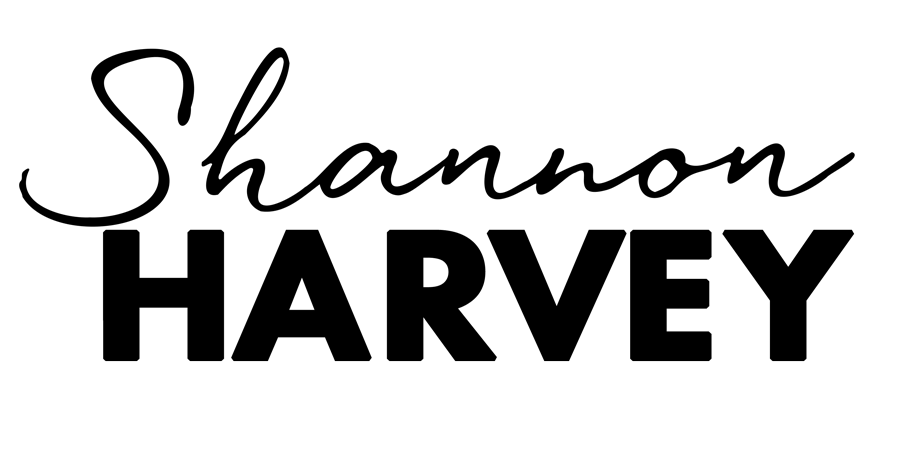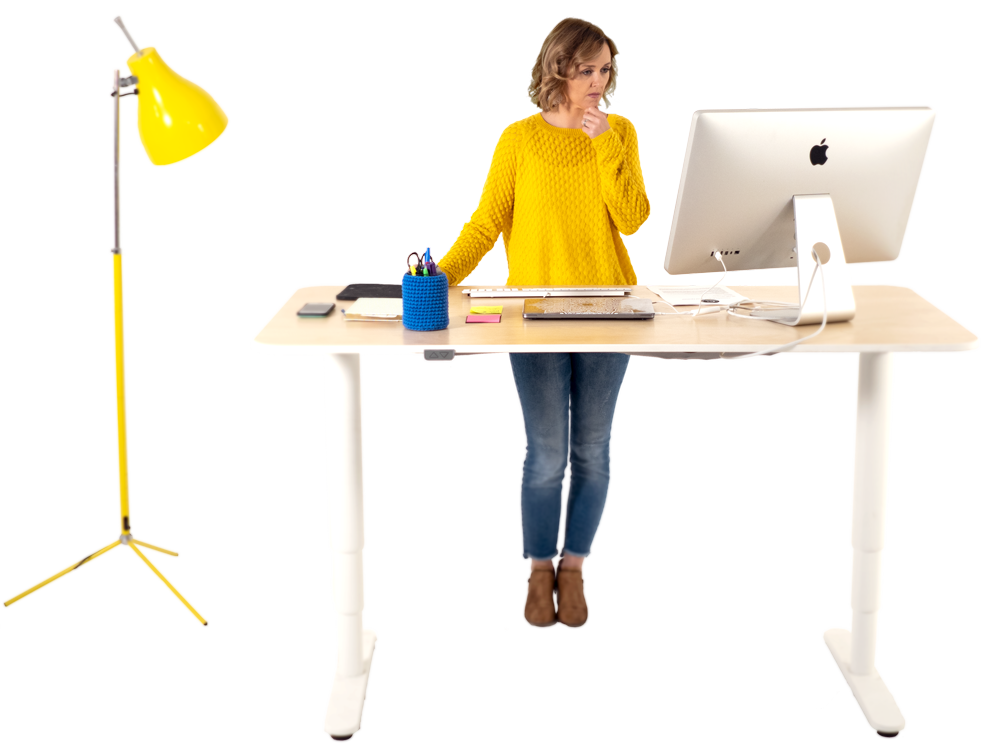
The brochure was amazing: “By safely exposing a patient to an allergen ... while simultaneously creating a positive stimulus, thousands of allergy sufferers have been able to be successfully treated.” Not only that, but it also pledged that “80% of cases require only one treatment.”
Take my money, I thought. I’m in.
It was 2007 and I’d been living with an autoimmune disease for three years. Essentially my immune system had gone rogue and was attacking my own healthy tissue, causing arthritis all through my body. Some days I walked with a limp because I felt so sore. Other days I couldn’t even get out of bed.
I was determined that the illness would not hold me back in my career ambitions. I was working as a news journalist, building my reputation in a competitive and fast-paced media environment and I felt that a quick fix was exactly what I needed. I suspected that my often upset stomach had something to do with my health woes and when the scientific sounding company “Advanced Allergy Elimination” promised to identify and cure my allergies, I was intrigued. “We don’t just treat the symptom; we retrain your body so it no longer reacts,” said the website. Retraining my immune system was exactly what I needed.
As I sat in a clinical waiting room alongside mothers with their asthmatic kids and people who had suffered from hay fever all their lives, I was full of optimism. Was it possible that this company had discovered something my doctors had not? People on TV certainly said so. When a woman in a white lab coat diagnosed me using a “non-invasive muscle strength indicator test” and told me that I had a vast number of allergies that would need to be treated in a certain sequence, one session at a time, I willingly signed up for ongoing weekly treatments.
Several sessions and $700 later, I still had a wacky immune system and digestion problems. In 2009 the Federal Court in Australia declared that Advanced Allergy Elimination had violated Australian law by making “false, misleading and deceptive” representations. Prior to the court proceedings, the company’s founder, Paul Keir said that he would fight the allegations, and that he had never claimed the clinics held any medical credentials. "But does medicine own allergies, that is the question," he told the Sydney Morning Herald.
My encounter with Advanced Allergy Elimination was not the first time I’d turned to alternative therapy. Since being diagnosed with lupus in 2004, I’d spent tens of thousands of dollars on alternative treatments. I'd tried acupuncture, naturopathy, homeopathy, kinesiology, reiki, and every kind of massage. I even turned to tarot card readers, numerologists, and intuitive healers. If my doctors didn’t have answers, then maybe “The Universe” did. I turned to these alternatives because I felt the mainstream was letting me down. I felt that my doctors saw me as little more than a set of test results with which to match the appropriate diagnosis and prescription. I felt that I was on an assembly line and I needed to be kept moving through the system so I didn’t get in the way of quarterly fiscal targets. Despite adhering to all the expert recommendations, and diligently taking their prescribed medicine, I was still sick and still facing the rest of my life with a chronic disease.
In the 10 years since my visits to Advanced Allergy Elimination, a great deal has changed in the health and wellness landscape. In an age plagued by an epidemic of chronic disease, experiences like mine have paved the way for a $3.7 trillion global wellness industry that is more than three times larger than the worldwide pharmaceutical industry – not quite the “underdog” it is often made out to be. In fact, the market for complementary and alternative medicines alone is valued at $199 billion a year. Some of this is generated by huge multinational, multibillion dollar businesses. Some is generated by well-meaning practitioners operating over a local fish and chip shop. There are now also multimillion-user online summits, Facebook groups, celebrity wellness moguls; it seems anyone and everyone can get certified and jump on board the Big Wellness train. My favourite demonstration of the unregulated wellness Wild West was when science writer and MD Ben Goldacre paid $60 to register his dead cat Henrietta with the American Association of Nutritional Consultants. Hettie, as she’s affectionately known, also has her own Twitter account and recently announced that she’s been added to Wikipedia’s list of animals with fraudulent degrees.
I know you might be reading this thinking that I’ve turned into a cynic. I’m not. I’m not even an alternative therapy naysayer. There are many scrupulous and highly-qualified practitioners working outside of traditional medicine who are making a real difference to people’s lives. My regular readers will know, for example, that I’m an advocate of mindfulness and as I wrote in my piece Does Alternative Therapy Work? there is a fascinating, ever-growing body of research emerging from some of the most respected institutions in the world that is starting to explain why having a treatment with an alternative therapist can lead to health improvements.
But with that said, in most countries, complementary and alternative therapies and products are not regulated in the same way that the conventional medical and pharmaceutical industry is. In fact, with disturbing regularity herbal products with exotic sounding names have been shown to be contaminated with drugs, toxins, or heavy metals, or have been revealed to lack the listed ingredients. I shudder to think what may have happened if someone with potential anaphylactic reaction to an allergen had thought themselves cured after being treated by white-coated Advanced Allergy Elimination practitioner.
Fortunately, I’ve never experienced any long-lasting negative effects from an alternative treatment, in fact, the only pervading side effects I’ve experienced are from a treatment within mainstream medical practice – a whole other issue for another day, which includes the fact that medical error is the third leading cause of death in the US.
So, having been burned by both the mainstream and alternative treatment paths, I was left feeling used, abused, and confused. With no map and no compass, I decided that I needed to stop trusting so-called experts to do my research for me, and to apply the journalistic rigor I used in my day job to my own health.
In late 2009, I came across a paper called “Mind-Body Medicine: Science, Practice and Philosophy” written for medical students by an Australian MD named Craig Hassed who is an Associate Professor at Monash University and a prolific author. In the paper he highlighted the emergence of evidence-based mind-body medicine and explained how advances in technology have allowed us to look at the way things like the brain and the immune system interact to affect health. I read it cover to cover and started following up the scientific references he’d made. My evidence-based efforts to get well had begun and since then the scientific field studying the mind-body-health connection has exploded.
At this point, I’d probably sell more book and make more money if I was to tell you that my years of research have led me to discover the “secret“ solution to the chronic illness epidemic, but the truth is, the answers I found in my scientific deep-dive are stunningly, ridiculously, maddeningly simple. I learned that I needed to reduce my chronic stress, to regulate my emotions, and to eat unprocessed food and abundant fresh fruit and vegetables. I learned that I should prioritise sleeping more, sitting down less, and exercising outside where I could soak in health benefits of being outdoors. I also learned of the perks derived from having nurturing relationships and the critical importance of planning in order to ensure that lifestyle changes last.
When I started putting all the robust science into action in my daily life, my health started to turn around. Although I don’t like using the highly-marketable word “cure,” I no longer need medication for my illness. I am well.
None of this is to say that just because it’s simple, it’s also easy. As I wrote in my piece How To Be Healthy When Everyone Around You Is Not, in an age when junk is called “party food,” when “if you snooze, you loose” is the mantra of those we revere, and when the ancient practices of mindfulness and meditation are considered “new age” hippie ju ju, sticking your head up and doing things differently can be really lonely. It’s hard to be the one opting for a good night’s sleep instead of watching the latest binge worthy TV, it's hard to say no to your boss who needs that urgent email answered at 3pm on a Saturday, and it’s hard to be healthy in an age when family, friends and colleagues are rolling their eyes, making snide comments, or deliberately trying to derail your efforts.
In the face of all this, I truly wish that the solution to the chronic disease epidemic was as simple as having patients lie on massage table in a room with scented candles, or to drink an ancient herbal tea, or to download an eight-week-gut-busting-tummy-toning-life-affirming online body-boot-camp-cleanse-course. But the takeaway message is that when a health cure sounds too good to be true, it probably is.
These days, when I’m considering any treatment, it takes a lot to win my trust. I never make health decisions based on brief news reports where the story has been condensed. I’m wary of generalisations that don’t come with references or qualification. My kind of journalism does not involve copying and pasting text from the first link that comes up on a Google search. It doesn’t even involve referencing the work of celebrity doctors who quote scientific sounding information. I read the academic papers and talk to the scientists themselves. You would be surprised how many times they’ve told me that their findings are being oversold and overstated at best and misrepresented at worst. This is why it took me two years to write the book that followed up my film. It included over 1000 citations and references because I wanted to be transparent about my sources and for my readers to be able to trust the information I provided.
The fact that Paul Keir of Advanced Allergy Elimination fame found himself back in court two years after his first conviction and was found in contempt of court for allowing glowing testimonials to appear on his social media pages stating that the company could “cure or eliminate virtually all allergies or allergic reactions,” gives me some hope that government regulators are at least attempting to stay on top of the shonky dealings of those cashing in on the chronic disease epidemic. But in the meantime, we the vulnerable masses, need to do our own research and remain vigilant in order to seek out the quality practitioners across the wellness industry who are truly making a difference.





 My Year of Living Mindfully (DVD)
My Year of Living Mindfully (DVD) The Connection (DOWNLOAD-TO-OWN)
The Connection (DOWNLOAD-TO-OWN) My Year Of Living Mindfully - Book
My Year Of Living Mindfully - Book




